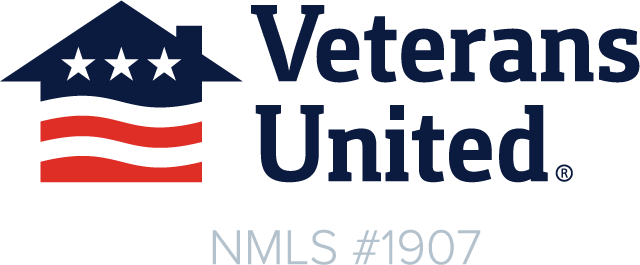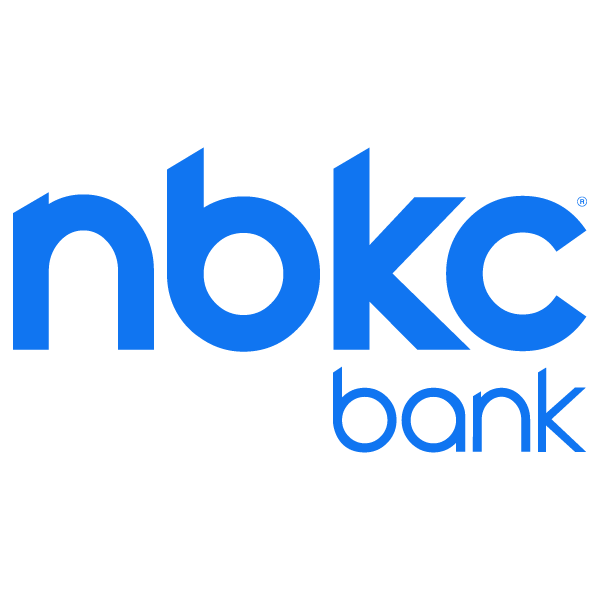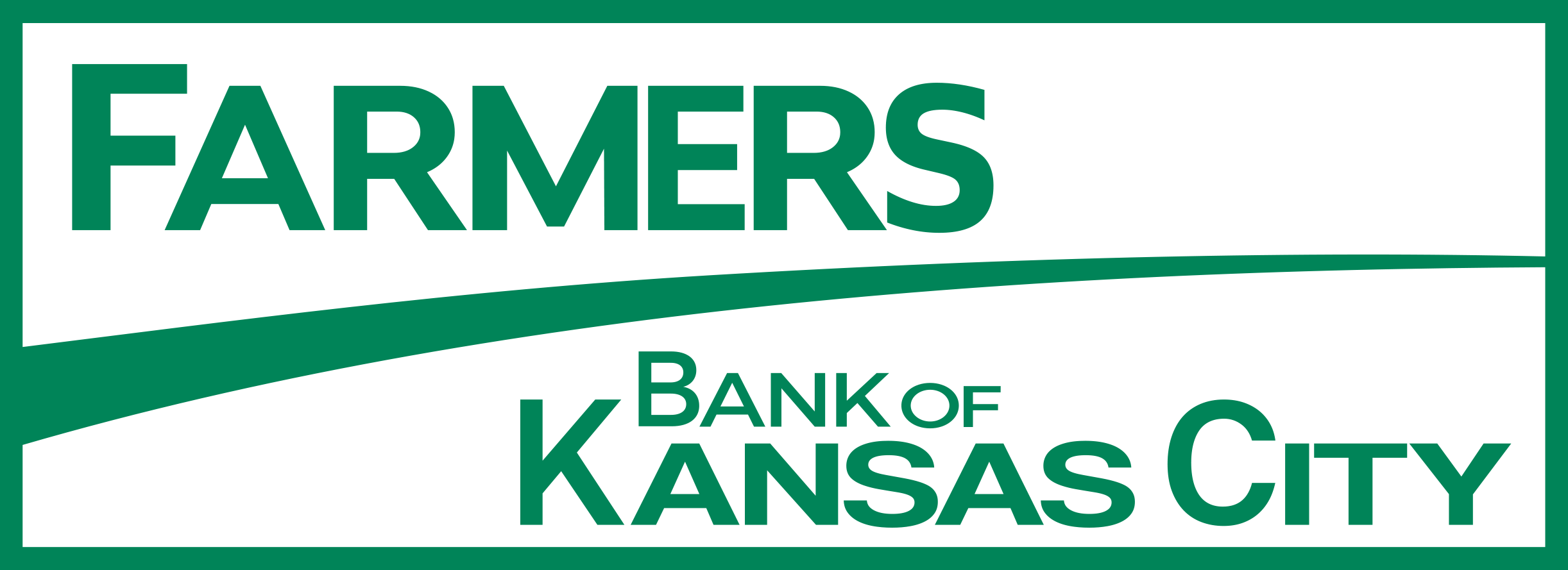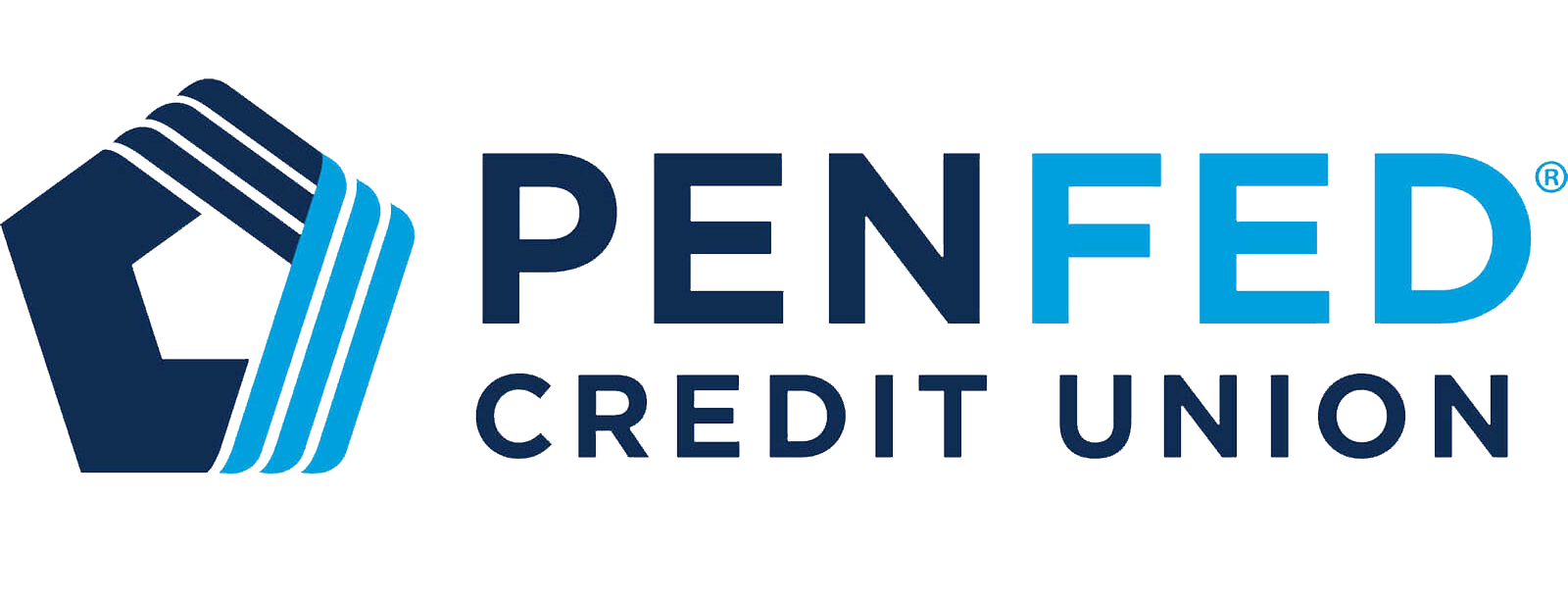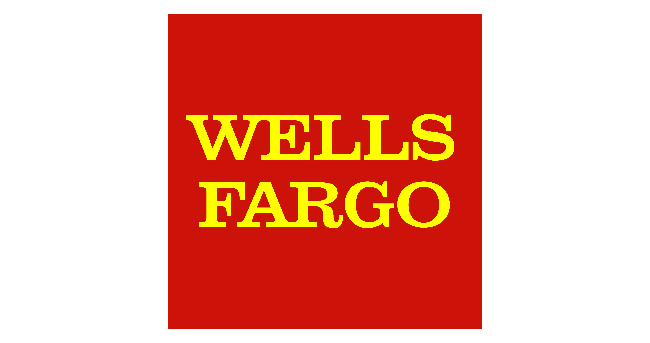Key Takeaways
- Homebuilders may partner with preferred lenders to offer competitive mortgage rates, closing cost credits, sales price reductions or other incentives.
- A builder’s incentives may be offset by higher fees and interest rates from the preferred lender, which can make the deal less attractive.
- You’re not required to use your builder’s preferred lender, so it’s a good idea to get loan estimates from multiple mortgage lenders to compare offers.
Whether you’re buying a home in a new construction community or building a custom house from the ground up, your homebuilder may offer mortgage financing through its preferred lender. And while you’re not required to use the builder’s lender, it may offer incentives like mortgage rate buydowns and closing cost credits to sweeten the deal.
In fact, 62% of builders offered sales incentives in January 2024, according to the National Association of Home Builders. But buyers shouldn’t take these advertised specials at face value, because there could be hidden costs. Here’s what you should know about using the builder’s preferred lender, as well as how to compare your alternative mortgage options.
Compare Top Mortgage Lenders
|
|||||
|
|||||
|
What Is a Builder’s Preferred Lender?
Homebuilders partner with preferred lenders to offer mortgage financing to homebuyers, and, in some cases, builders have their own in-house lending affiliate. This arrangement is mutually beneficial for builders and lenders, who are able to secure referrals for financing and streamline the mortgage process.
This partnership can also benefit homebuyers, providing the convenience of a one-stop shop for their home purchase and lending needs. Plus, preferred lenders and homebuilders are usually able to deliver added incentives like mortgage rate buydowns and credits toward closing.
Take this example: Lennar, one of the nation’s largest homebuilders, offered some enticing incentives in January 2024, including a fixed mortgage rate of 5.375%, up to $15,000 toward closing costs and price reductions on new builds in the D.C. metro area of Virginia, Maryland and West Virginia.
Of course, always read the fine print: “Offer requires financing through seller’s affiliate Lennar Mortgage, but use of Lennar Mortgage is not required to purchase a home.” In other words, you have to use Lennar’s lending branch in order to qualify for these incentives – but you can (and should) still shop around with other lenders to compare deals.
Pros and Cons of Using the Builder’s Lender
Pros
-
Added incentives. Builders often advertise reduced mortgage rates, cash toward closing or price reductions if you finance your home through their preferred lender.
-
Longer rate locks. New builds have an estimated completion date, but builders don’t always finish construction by then. A builder’s preferred lender may have more lenient rate-lock terms to account for construction delays.
-
Streamlined process. Since the builder has an established relationship with its preferred lender, communication is streamlined during each phase of the sale, from construction to underwriting.
-
Better approval odds. Builders benefit when they partner with a lender that accommodates homebuyers across the credit spectrum, including first-time buyers with a less established credit history.
Cons
-
Potentially higher costs. The incentives offered may be baked into the rate and fees charged by the lender. Plus, a builder’s advertised lowest rate is typically reserved for borrowers with excellent credit and large down payments.
-
Complicated structures. It can be difficult to comparison shop for a mortgage if the preferred lender offers incentives but charges higher fees. Calculating the trade-off is a complex but necessary step, so it might help to use a financial advisor when reviewing your options.
-
Conflicts of interest. Because the builder and its lender have a financial affiliation, they may be incentivized to serve each other’s best interests and not necessarily those of the buyer.
How to Choose a Mortgage for Your New Construction Home
You’re not required to use the builder’s preferred lender, so getting preapproved rate quotes from multiple lenders empowers you to make an informed decision. Keep in mind that you might find reduced fees or rates with another lender, but generally, the builder’s incentives can make going with the preferred lender a better deal. However, this isn’t always the case, so follow the guide below to learn how to compare mortgage offers.
Get Preapproved Through Multiple Lenders
When beginning the preapproval process, reach out to several different types of lenders, including credit unions, online lenders and commercial banks with which you may receive a relationship discount. Additionally, you’ll want to compare rate quotes across different types of mortgages, like conventional loans vs. Federal Housing Administration loans.
Comparison shopping for a mortgage takes time and effort, but it can pay off. Research from Freddie Mac shows that when rates are high, buyers who receive two rate quotes could save as much as $600 annually, while those who get at least four rate quotes could save $1,200 per year.
“In the context of today’s rate environment, although mortgage rates are averaging around 6%, many consumers that fit the same borrower profile could have received a better deal on one day and locked in a 5.5% rate, and on another day locked in a rate closer to 6.5%,” Freddie Mac economist Genaro Villa says in the report.
Mortgage preapprovals will require a hard credit check, so you should keep your rate shopping within a 45-day window to minimize the impact to your FICO credit score.
Compare Loan Estimates
When shopping among mortgage lenders, it’s not always clear which offers a better deal. You’ll have to dig into the loan estimate, which the lender is required to provide within three days of your completed loan application. The loan estimate outlines the following information to help with your comparison:
- Loan terms. This includes loan amount, interest rate and projected monthly payments.
- Closing costs. This includes origination charges, discount points and loan fees.
- Other details. This includes lender credits, rate lock periods and prepayment penalties.
To get a better idea of what to expect, download this sample loan estimate from the Consumer Financial Protection Bureau.
It’s important to compare the mortgage’s annual percentage rate – which includes the interest rate plus fees – on Page 3 of your loan estimate. For example, a builder might advertise a rate of 5.5%, but if the APR is significantly higher than that, it translates to higher secondary costs like origination fees, discount points and private mortgage insurance. If the mortgage rate and the APR are closer to the same, it means the fees are lower.
| Lender A | Lender B | |
| Interest Rate (APR) | 5.5% (5.962%) | 6.375% (6.518%) |
| Monthly Principal & Interest | $1,817 | $1,995 |
| Closing Costs | $15,725 | $4,750 |
| Loan estimate based on a 30-year term of a new construction home priced at $400,000 with a down payment of 20% for a mortgage applicant with good credit. | ||
That’s not to say that higher upfront costs are always bad. Paying more toward discount points, for example, could save you money on interest over the duration of the loan. The amount you want to spend on discount points really depends on how long you plan to stay in the home before selling or refinancing. In other words, you’d have to find your break-even point to determine how long it would take to recoup the money you spent on discount points via interest savings.
But discount points aren’t the only factor that make up your closing costs. One lender may charge higher fees for underwriting, home appraisals and credit reports. You can see a comprehensive breakdown of a lender’s fees on Page 2 of your loan estimate.
Lock in Your Mortgage Rate
Once you’ve chosen a lender, you’ll decide to lock or float your mortgage rate. A mortgage rate lock protects your rate (and by extension, your monthly payments) from increasing during the closing process. Most rate locks last from around 30 to 60 days, and extending the rate-lock period comes at an added cost.
This is one aspect in which using the builder’s preferred lender may prove to be more convenient. New home construction often comes with delays, which can become cumbersome if you have a shorter rate-lock period. A preferred lender may have a closer working relationship with the builder, enabling it to better estimate the completion date and in some cases offer longer rate-lock periods.
Of course, rates don’t always increase during the purchase and underwriting process. If mortgage rates decrease after you’ve locked in your rate, you could be stuck paying that agreed-upon rate. Some lenders offer a float-down option, which enables you to take advantage of lower rates if rates do fall. When comparing loan offers, be sure to ask each lender for the details of the rate lock, including the length of the rate-lock period, the cost of a rate-lock extension and the ability to float your rate.



